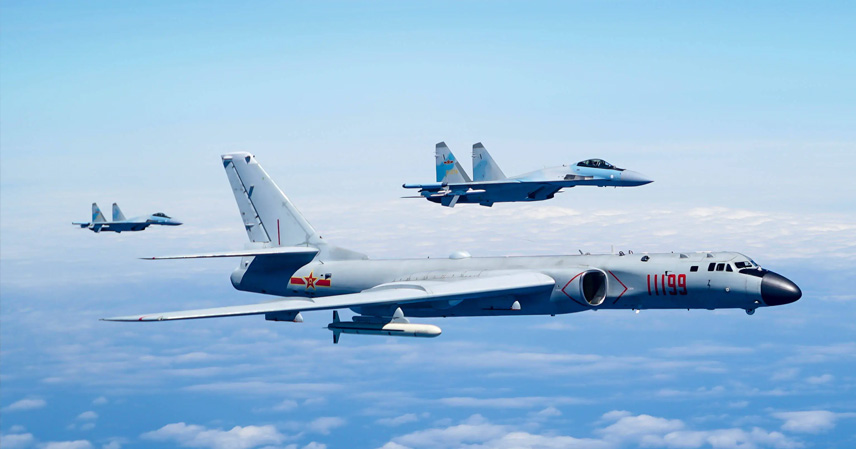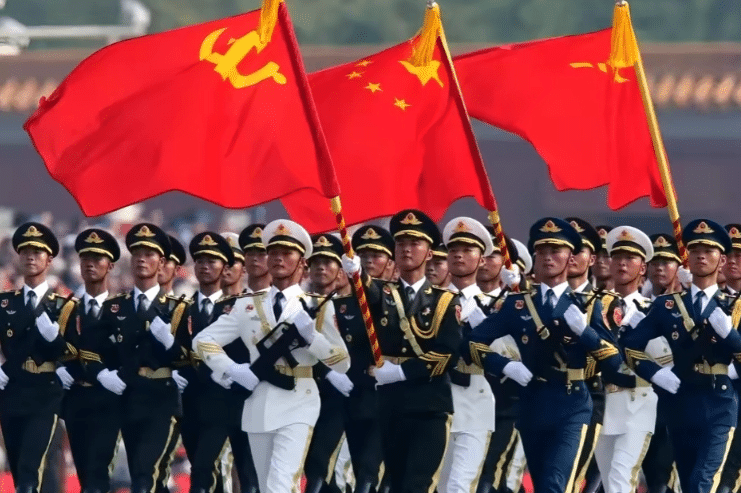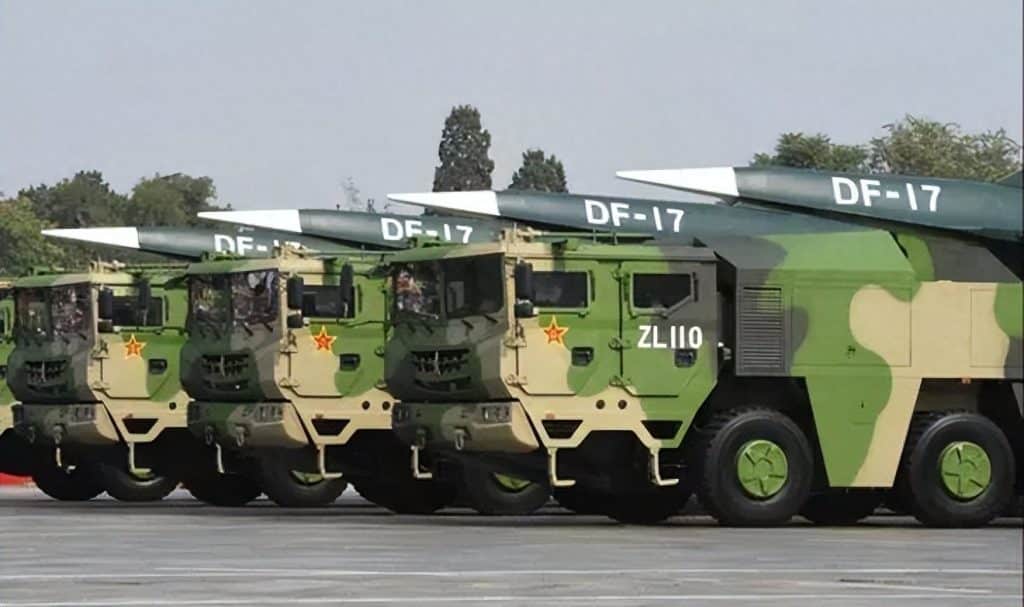For years, external perceptions of the Chinese Air Force (PLAAF) have lagged behind reality. Many observers assumed China’s aircraft were mere copies with limited combat capabilities. However, by 2025, the situation is far more complex.
China has established 53 aviation brigades, distributed nationwide—from the East China Sea to high-altitude plateaus—ensuring comprehensive operational coverage. This large-scale deployment is not just a numbers game; it significantly enhances combat readiness.
Prior to the 2016 military reforms, the PLAAF followed a division and regiment structure, with relatively limited aircraft numbers per unit. After the reforms, brigades became the core operational unit, effectively doubling or even tripling the aircraft per formation. Today, China fields roughly 3,700 aircraft, with fighter jets forming the majority. Notably, the J-20 fifth-generation stealth fighter exceeds 200 units in service.

Comparatively, the United States maintains over 2,000 primary combat aircraft. While the U.S. has naval aviation advantages, China’s pure air force strength now ranks as a global second.
Brigade Strength and Operational Capability
A typical fighter brigade usually fields 24–36 aircraft, while heavier brigades may exceed 40. The 53 brigades operate as a coordinated system rather than isolated units. For instance, the Eastern Theater focuses on Taiwan, ready to deploy multiple brigades, while Western Theater high-altitude brigades conduct border missions with specialized aircraft. This strategic distribution demonstrates a transition from defensive to multi-domain capabilities. Modern fourth-generation-plus aircraft like the J-16 and J-10C comprise over half of the fleet, with fifth-generation jets increasingly operational.
Equipment Upgrades: From Following to Leading
External skepticism often stems from historical perceptions of Chinese aircraft as derivatives. In reality, indigenous development dominates modern platforms. The J-20, for example, exceeds 200 units in service as of late 2024, assigned to at least 12 brigades. It features advanced stealth, avionics, and indigenous engines (WS-10C), offering improved thrust and fuel efficiency.

In terms of strategic assets, China also fields H-6N bombers capable of carrying cruise missiles, KJ-500 airborne early warning aircraft in leading numbers, and Y-20 transport aircraft exceeding 50 units. Unmanned aerial vehicle brigades have been established in select theater commands, enhancing swarm capabilities.
Industrial capacity is another strength. China can produce over 70 J-20 aircraft annually, surpassing Russia’s limited Su-57 production and India’s fleet of Dassault Rafale jets. This rapid production helps overcome earlier disadvantages in both quantity and quality.
Training and Integrated Systems: Human Capital Matters
Aircraft alone do not define airpower. Chinese pilots train at world-leading intensities, logging 180–220 hours annually—significantly more than U.S. counterparts (82–121 hours). The PLAAF employs a three-tier, five-phase training system, from simulation to live-combat exercises, reducing the pilot development cycle from seven to five years. Regular red-blue exercises cultivate real-world operational readiness.

The PLAAF integrates aviation, air defense, airborne, surface-to-air missile, and electronic warfare units, while naval aviation supports joint operations. With 53 brigades fully deployed by 2025, the air force has transitioned into a comprehensive, flexible combat system.
Global Positioning and Misperceptions
Despite media underestimation, China’s total aircraft numbers surpass most countries combined. While U.S. airpower remains dominant, China closely trails, with modernized aircraft, pilot training, and operational depth providing a formidable global presence. Misperceptions often stem from biased reporting and lack of transparency in Western sources.
In summary, the PLAAF’s 53-brigade network, advanced aircraft, rapid industrial production, and rigorous training form a cohesive system of significant global capability. China’s air force is no longer a secondary player; it is a modern, multi-domain competitor, steadily expanding and preparing for future challenges.
References:
- Chinese Ministry of National Defense Reports, 2024–2025
- Global Firepower Index 2025
- Military analysts’ assessments on PLAAF modernization



